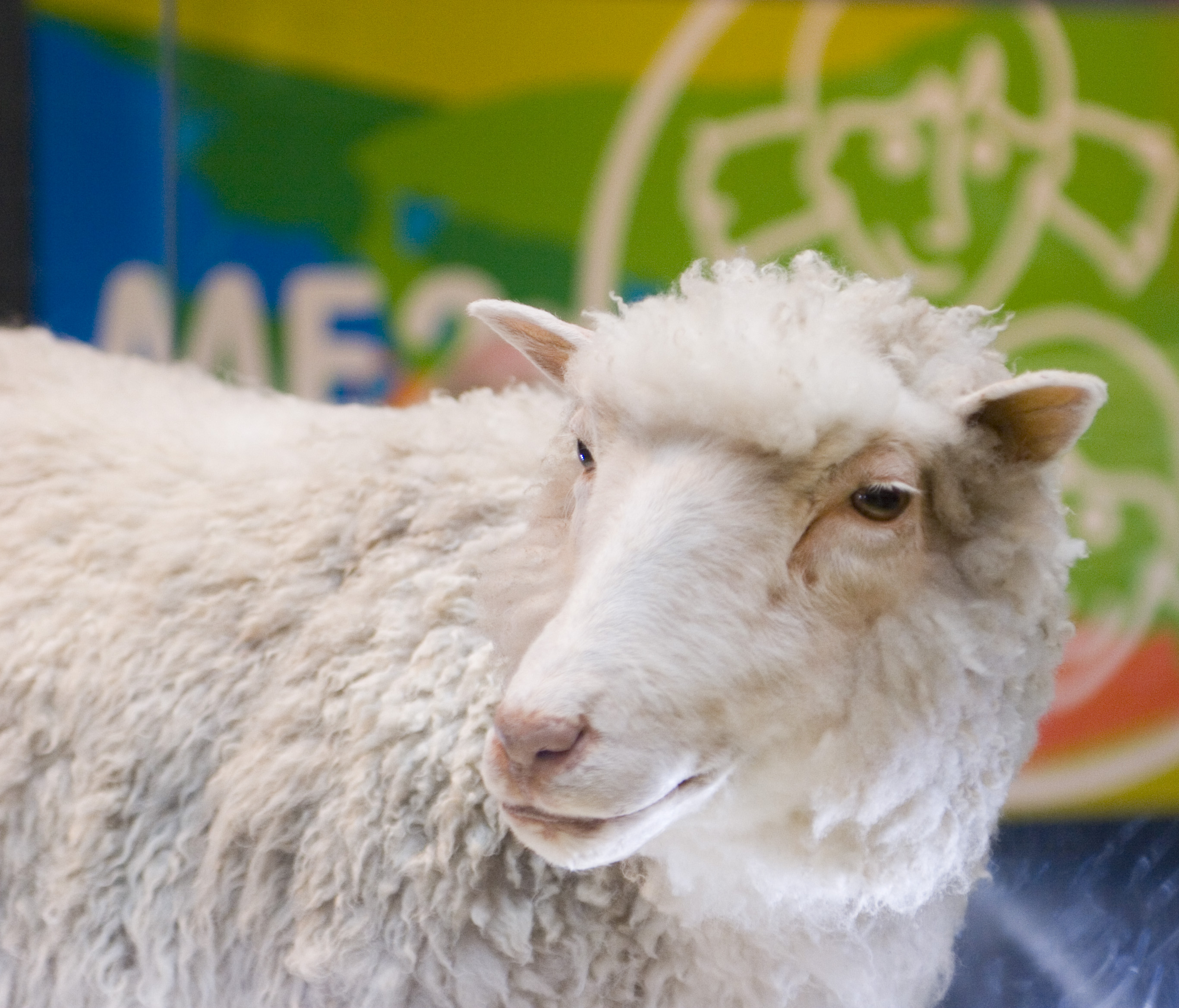The morally ground-shifting legacy of Ian Wilmut and Dolly the sheep
By Gregory E. Kaebnick,
STAT
| 09. 15. 2023
Ian Wilmut, the British scientist behind the first-ever cloning of a mammal, died Sept. 10, leaving behind a twofold legacy. One part is groundbreaking science. Creating Dolly required a combination of genome manipulation and reproductive tools that helped launch what is sometimes called “reprogenetics,” a basket of reproductive and genetic technologies that allow for greater control over human procreation and generated work that ranges from human-animal chimeras to the “de-extinction” of mammoths. By demonstrating that differentiated adult cells could be forced by the right chemical signals to become pluripotent stem cells, Wilmut’s work also provided the basis for Shinya Yamanaka’s Nobel Prize-winning work.
Besides being groundbreaking science, Dolly was morally ground-shifting. Perhaps more than any other biotech advance, Dolly symbolized growing human power over nature. But the Dolly project was deeply troubling to most observers. Kept a close secret by the Roslin Institute and initially disclosed in a media leak in 1997, about eight months after her birth, Dolly caught everyone by surprise. At the same time, genetically modified crops were being rolled out quickly and...
Related Articles
By Aisha Down, The Guardian | 11.10.2025
It has been an excellent year for neurotech, if you ignore the people funding it. In August, a tiny brain implant successfully decoded the inner speech of paralysis patients. In October, an eye implant restored sight to patients who had...
By Jessica Hamzelou, MIT Technology Review | 11.07.2025
This week, we heard that Tom Brady had his dog cloned. The former quarterback revealed that his Junie is actually a clone of Lua, a pit bull mix that died in 2023.
Brady’s announcement follows those of celebrities like Paris...
By Heidi Ledford, Nature | 10.31.2025
Late last year, dozens of researchers spanning thousands of miles banded together in a race to save one baby boy’s life. The result was a world first: a cutting-edge gene-editing therapy fashioned for a single person, and produced in...
By Lauran Neergaard, AP News | 11.03.2025
WASHINGTON (AP) — The first clinical trial is getting underway to see if transplanting pig kidneys into people might really save lives.
United Therapeutics, a producer of gene-edited pig kidneys, announced Monday that the study’s initial transplant was performed successfully...




